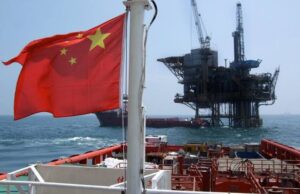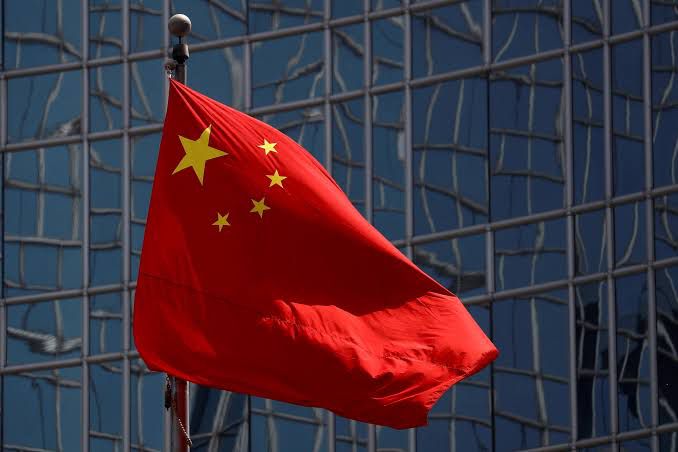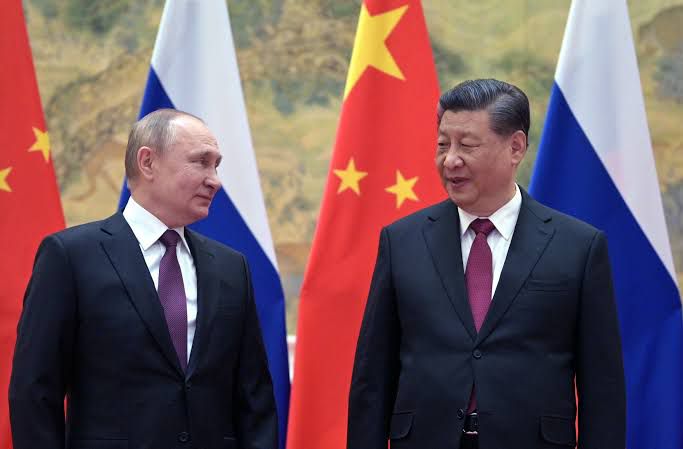 After China’s GDP fell by 6.8 per cent during the first quarter, a situation that emerged due to the COVID-19 pandemic, the country has proven that it is focused by executing a perfect incident management plan; the service sector expanded strongly in May, despite its low exports for a fourth consecutive month.
After China’s GDP fell by 6.8 per cent during the first quarter, a situation that emerged due to the COVID-19 pandemic, the country has proven that it is focused by executing a perfect incident management plan; the service sector expanded strongly in May, despite its low exports for a fourth consecutive month.
Gas demand was reportedly 8 to 10 bcm lower in the first quarter, but has stabilized in the second quarter. The growth of the Chinese gas market can be attributed to the very low share of gas in the energy mix of the country. Because of the surplus coal reserves, natural gas hasn’t been of much importance but an increasing population and concerns over rampant air pollution have caused a change in policy, and cleaner gas is expected to replace coal in the coming years. The growth of the Chinese population is estimated to be 8.6 per cent higher this year, which will bring the total consumption of gas to 330 bcm.
Market reforms and flexible policies are being put in place to shape the long-term future of the gas market. During quarter 1 and quarter 2 of 2020, pricing rules have been liberalised in China, there has been a reorganisation of infrastructure ownership, and the opportunity for exploration of natural gas has been granted to third parties and willing foreign investors.
Although Beijing was forced to take unfavourable measures to contain the spread of COVID-19, it has also been considering energy security because of the country’s dependence on import, and an increasing problem of sourcing. Its five-year plan, which revolves around “Energy efficiency, Energy security and Self-sufficiency,” and will run until 2025, will go a long way in strengthening the role of natural gas in the Chinese economy.
After the formation of the China Oil and Gas Pipeline Corporation (COGNPC) last year and the taking over of all midstream assets from these national oil and gas companies – PetroChina, Sinopec and Cnooc – smaller firms now have easier access to operating in the upstream and downstream, which will increase efficiency. China reportedly overtook Japan as the world’s largest importers of Liquefied Natural Gas in November and December in 2019.
Gas exporters will be looking to leverage on the desire for natural gas in China, so Beijing will be a destination for investments and long-term contracts.


